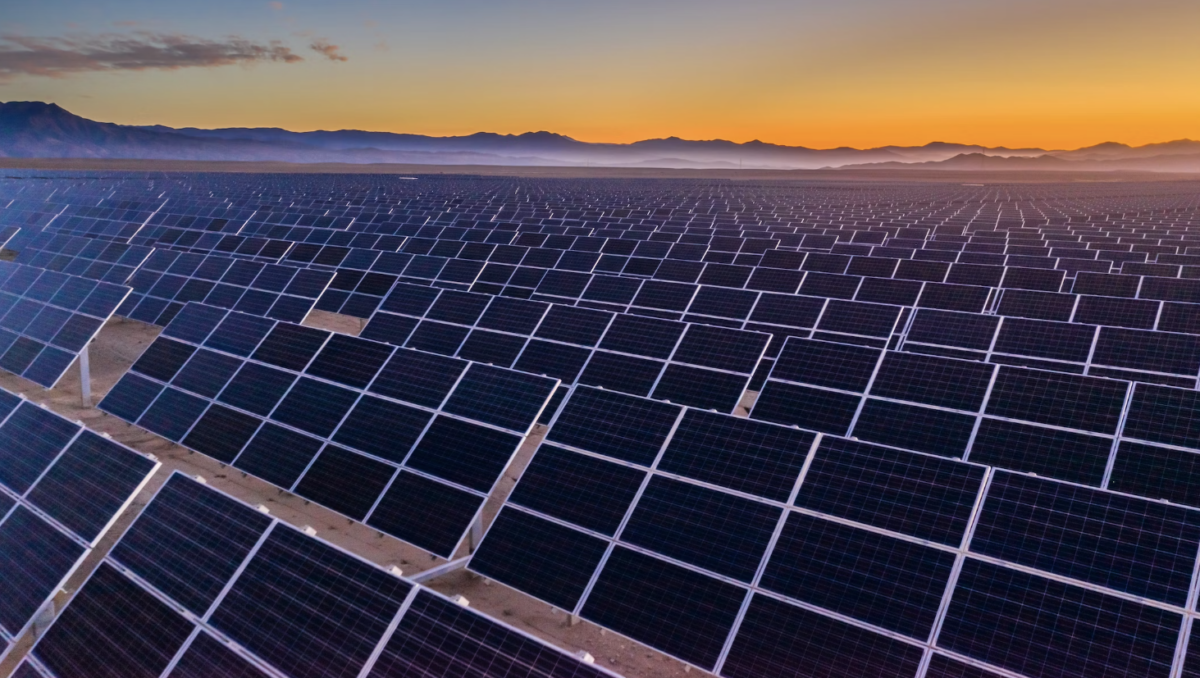The IEA said in a new report that just 7% of the renewable hydrogen projects planned throughout the world are expected to go online by 2030. “The slow pace of projects reaching an investment decision combined with limited appetite from off-takers and higher production costs have led to slower progress on many projects,” said the IEA. The Paris-based organization noted that ambitious project announcements should be followed by consistent demand-supporting policies to to satisfy investors.
Airbus has opened a ZEROe Development Centre (ZEDC) for hydrogen technologies at its Stade site in Germany. “The center will accelerate the development of composite hydrogen-system technologies for storing and distributing cryogenic liquid hydrogen,” said the aerospace group, noting that the ZEDC is supported by public funds. It will complement other Airbus sites in Germany, France, Spain, and the United Kingdom. The company says it wants to put a hydrogen-powered plane in the sky by 2035.
Gascade Gastransport has signed a grid-connection agreement with HH2E's green hydrogen production site in Lubmin, Germany. The site in Mecklenburg-Vorpommern is expected to start production by the end of 2025. The production plant will be connected to the European Gas Pipeline Link (EUGAL Lines 1 and 2), which will initially transport a blend of natural gas and green hydrogen. The onshore pipeline Flow stretches to southern Germany and is part of the country's core hydrogen network. The hydrogen-blending contract is the first of its kind for both companies.
Popular content
This content is protected by copyright and may not be reused. If you want to cooperate with us and would like to reuse some of our content, please contact: editors@pv-magazine.com.


1 comment
By submitting this form you agree to pv magazine using your data for the purposes of publishing your comment.
Your personal data will only be disclosed or otherwise transmitted to third parties for the purposes of spam filtering or if this is necessary for technical maintenance of the website. Any other transfer to third parties will not take place unless this is justified on the basis of applicable data protection regulations or if pv magazine is legally obliged to do so.
You may revoke this consent at any time with effect for the future, in which case your personal data will be deleted immediately. Otherwise, your data will be deleted if pv magazine has processed your request or the purpose of data storage is fulfilled.
Further information on data privacy can be found in our Data Protection Policy.